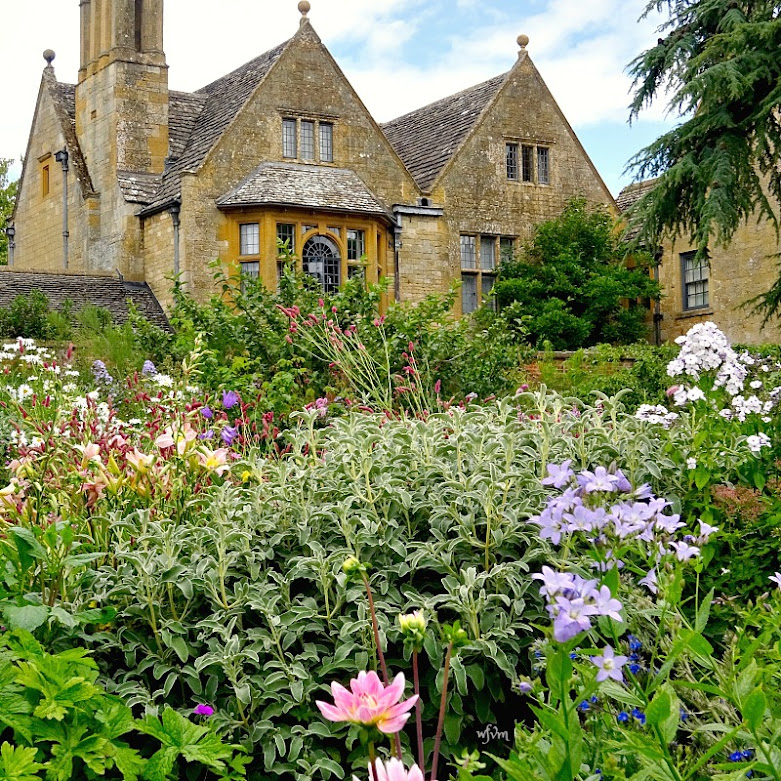Fan vaulting is an English innovation not seen elsewhere in Europe, and Gloucester Cathedral's Cloister boasts a magnificent example of the first ever fan vaulting developed in Gloucester during 1350. Following its success, fan vaulting then spread across the country. The Cloister is built in a quadrangle, and it is where the monks of Gloucester lived and studied. It is a magnificent piece of architecture, and although once privy to the monks only it is now open every day for all to enjoy. The Cloister must also be familiar to many Harry Potter fans where it featured as the mystical corridors of Hogwarts School of Witchcraft and Wizardry in three of the films. One wonders whatever the Monks would think about such goings on in and around their holy cloister, a place where they spent their lives, living, eating, meditating, and praying.
The cathedral has been a place of Christian worship continuously for over 1,300 years, since Osric, an Anglo-Saxon prince, founded a religious house on the site in 678-9 AD. At the time of the Norman Conquest in 1066 the Monastery was not thriving so in 1072 King William l appointed Serlo, a monk from Mont St. Michel in Normandy to be its Abbot. He was an energetic, charismatic, devout man, who built up the wealth of the Monastery to the point where in 1089 he was able to start building the magnificent abbey church seen today.
The King that never was
In the cathedral is a memorial to Robert Curthose, Duke of Normandy, the eldest son of William the Conqueror. He did not succeed his father to the English throne. On the death of William the Conqueror his lands were divided up: Normandy went to Robert, and England went to William the Conqueror's second son William.
As a result of social distancing, the cathedral to my eyes has never looked more magnificent. It has been pared right back i.e minus chairs or furnishings, and now looks more like it would have appeared a thousand years ago. The fine Norman architecture now takes centre stage and is shown off to its full glory. We actually enjoyed this glorious building virtually to ourselves.
Having the car serviced in what appeared at first to be rather tiresome circumstances, did in fact turn out to be a very pleasant few hours away from home.
I did a post on Gloucester Cathedral here if you are interested seeing more of its interior.
images courtesy wiki












































